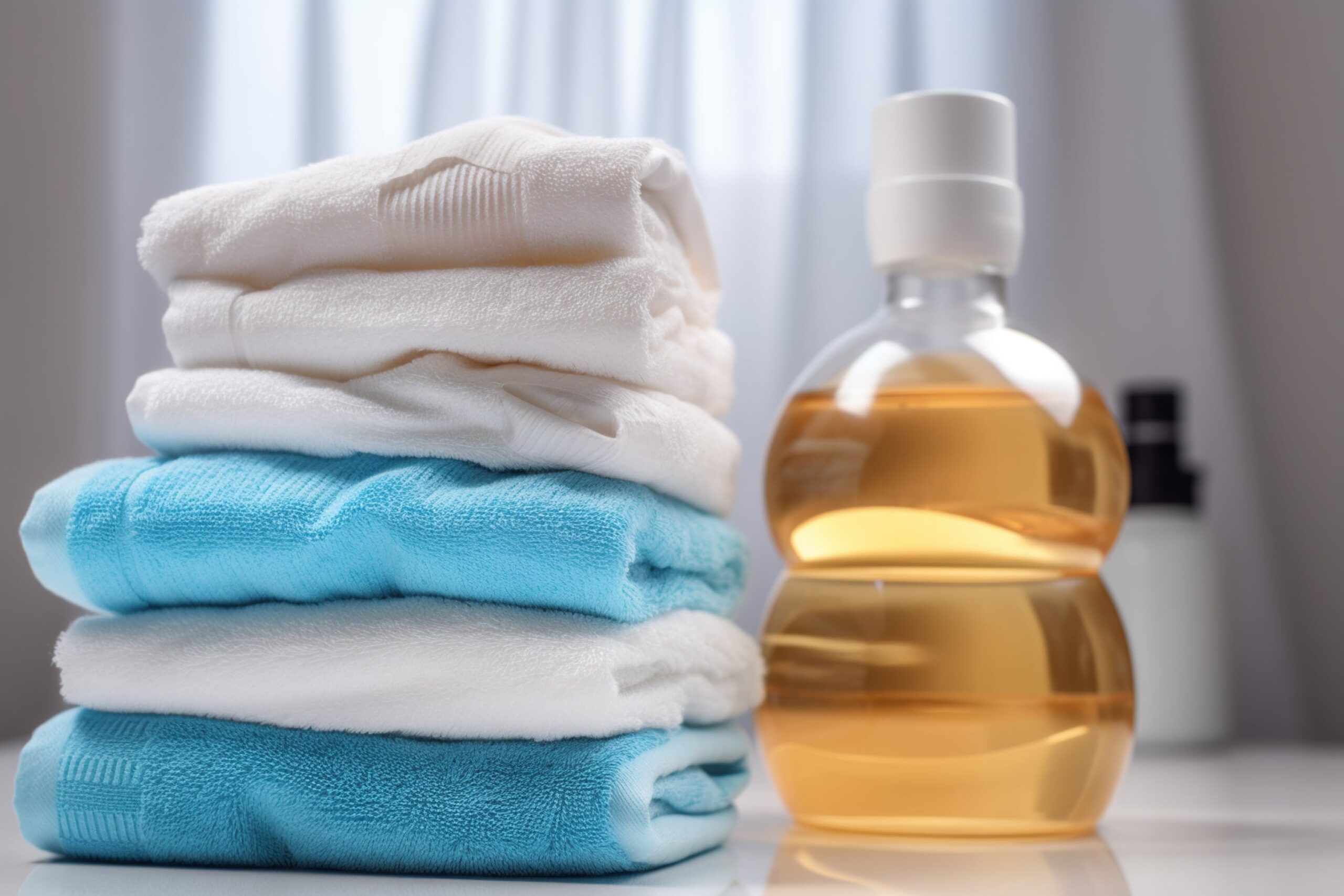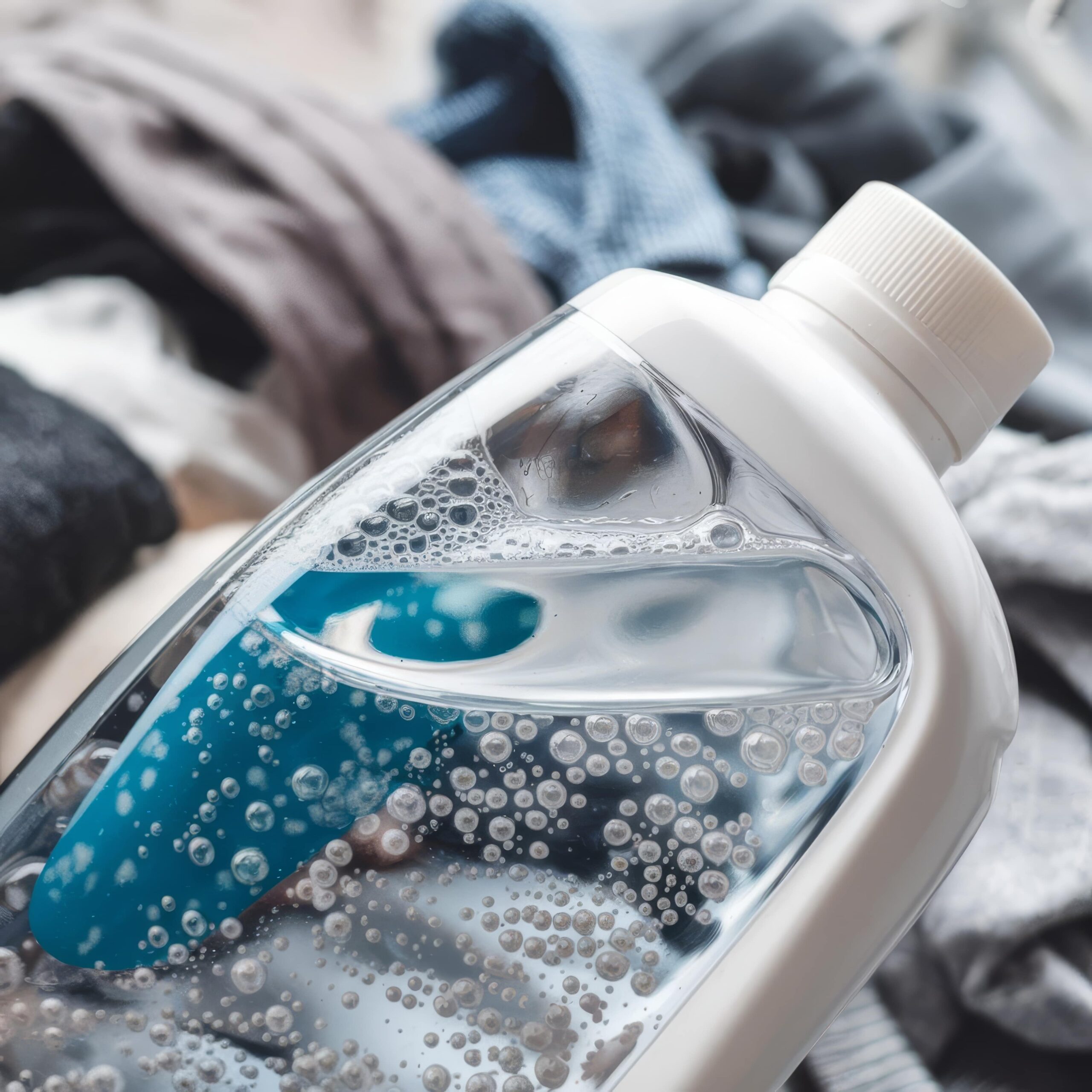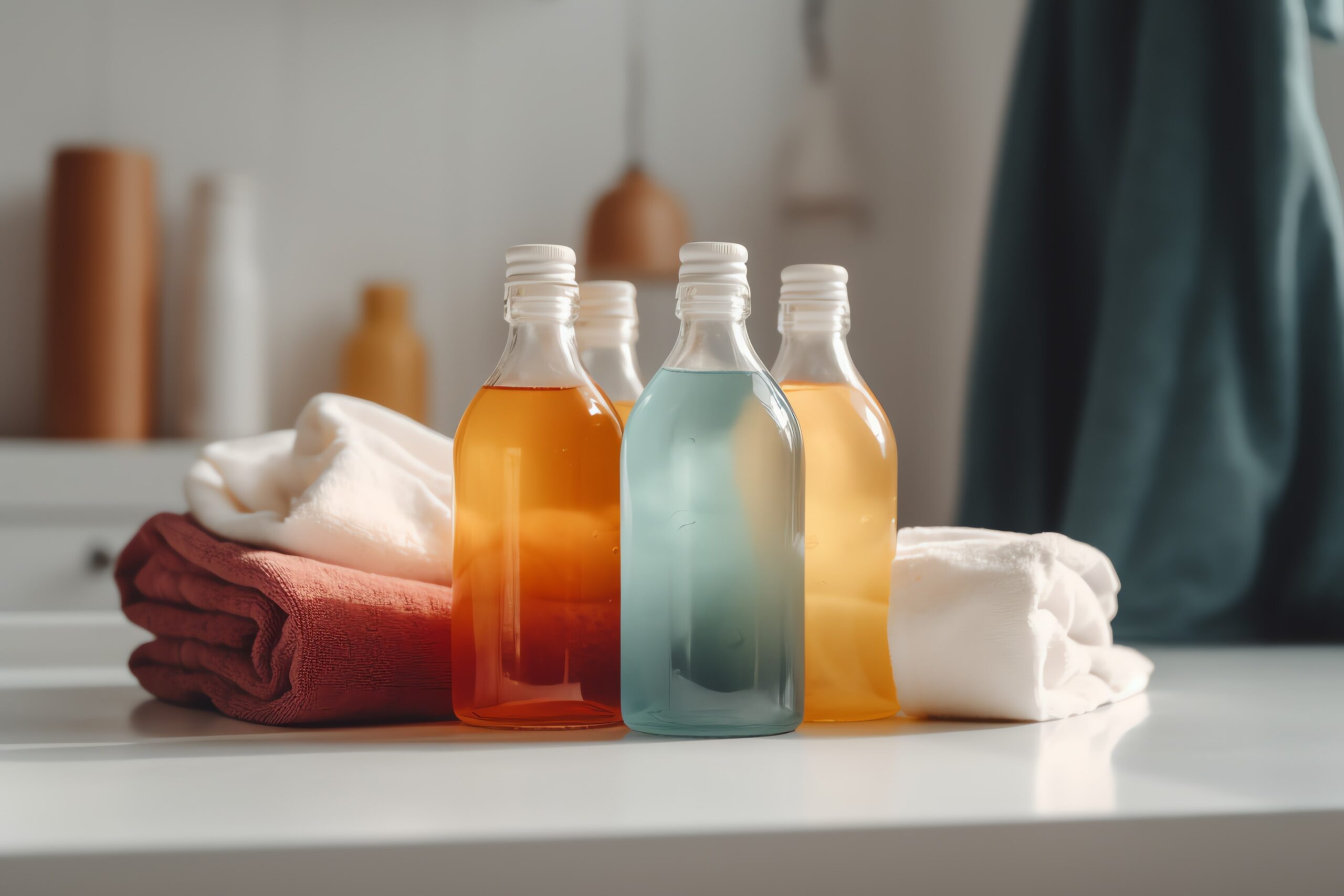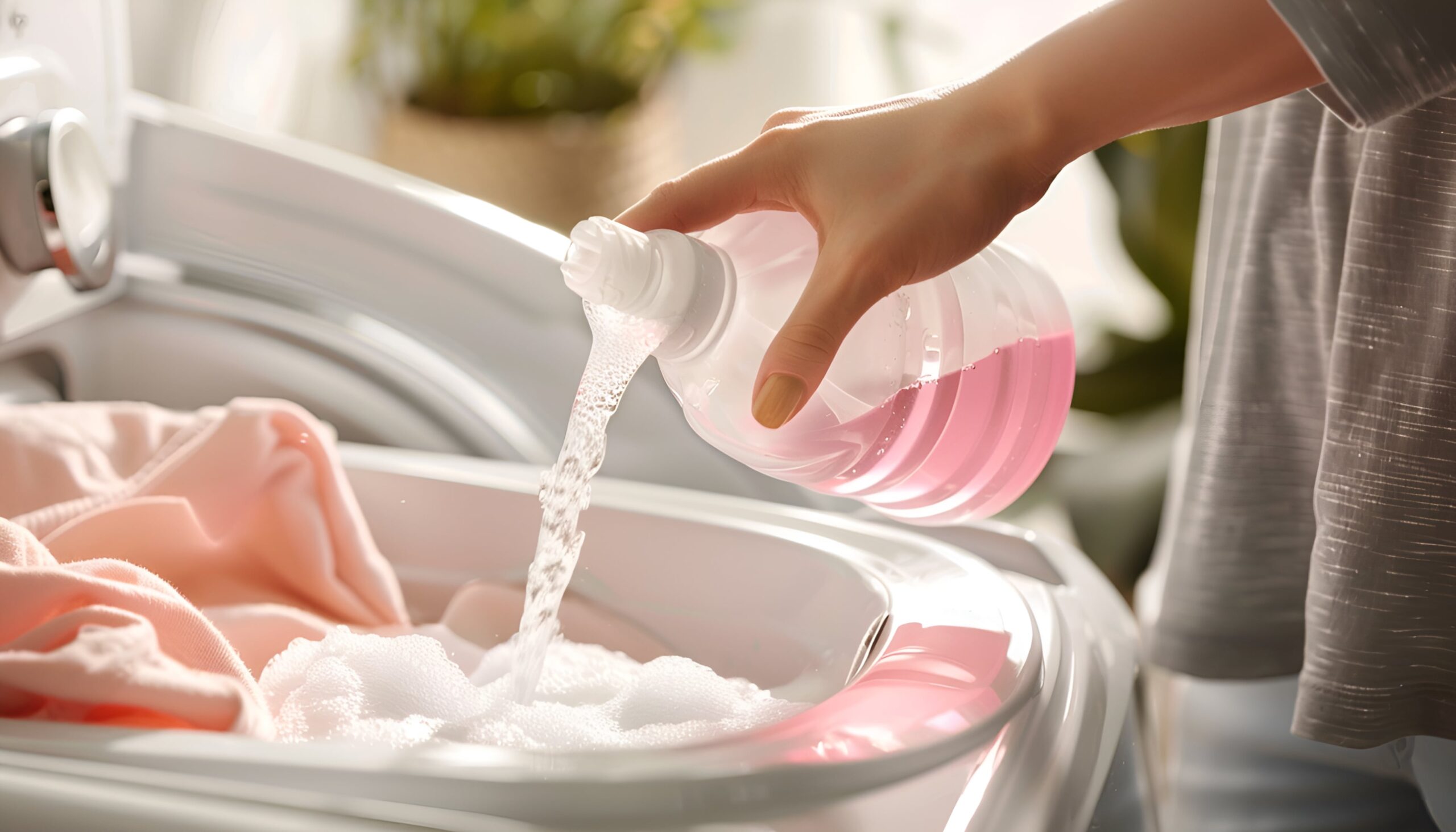Introduction
For consumers, the feel of fabric is just as important as its color or design. A smooth soft touch evokes comfort and luxury. That is why manufacturers often heavily use textile softeners during fabric finishing.
But this is a challenge: many conventional textile softeners provide only very transient softness, velvety touch, sometimes at the expense of leaving yellowish or sticky residues, gluing up absorbency, or even damaging the fabric as time goes by. With rising customer expectations and sustainability pressures, manufacturers are now asking: How can we achieve long-lasting softness without damaging fabric quality?
What is a Textile Softener?
A textile softener is a type of fabric care chemical used in the final stage of textile production. Its main purpose is to:
- Improve the hand-feel of fabrics, making them softer and smoother to touch
- Reduce static build-up
- Enhance tangential properties like drape and elasticity of fabrics
- Enhance consumer experience and product value
Softeners may be applied to cottons, polyesters, blends, and various other fabrics, making them a universal outfit finishing agent in all industries.

What are the Common Pain Points with Traditional Textile Softeners?
Manufacturers often encounter several challenges despite the crucial role they play, such as:
- Softness that disappears too soon – many traditional fabric softeners start to lose their magic after just a few washes.
- Unwanted residue buildup – which can leave your fabrics feeling greasy, stiff, or just plain uncomfortable.
- Color fading and poor dye retention – this happens when softeners mess with the dyes in your clothes.
- Reduced absorbency – a real issue for towels, sportswear, and activewear.
- Environmental concerns – thanks to ingredients that aren’t biodegradable or sustainable.
- Higher reprocessing costs – when unsatisfactory finishes mean you have to treat fabrics again..
These issues not only diminish the value of the fabric but also hike up operational costs and lead to unhappy customers.

What are the benefits of using the right Textile Softener?
Choosing the right specialty textile softener can do wonders beyond just making your fabrics feel great. Here are some fantastic benefits you can look forward to:
- Long-lasting softness – your fabrics will remain soft even after numerous washes.
- Boosted fabric strength – you won’t have to compromise on durability or absorbency.
- Improved appearance – it helps keep your fabrics looking bright and smooth.
- Better compatibility – it works effortlessly with other specialty textile chemicals during the finishing process.
- Eco-friendly performance – it meets the rising demand for sustainable textile solutions.

Optimizing Textile Softener Use: The Fineotex Advantage
This is where Fineotex Chemical Limited truly stands out as a global leader in specialty textile chemicals. The company is dedicated to creating eco-friendly textile softeners that not only make fabrics feel amazing but also tackle long-standing challenges that manufacturers face. Fineotex softeners are designed to deliver lasting softness without leaving any residue behind, all while keeping the absorbency that home textiles and performance wear need. They work seamlessly with dyes and other finishing agents, ensuring that fabrics maintain their vibrant colors and brightness. By minimizing the use of excess chemicals, they help manufacturers save money, and with their biodegradable, low-impact formulations, they also contribute to sustainability efforts.

How to turn Challenges into Opportunities with Fineotex?
Manufacturers often run into issues like losing absorbency, dealing with residue buildup, and noticing a rapid decline in softness when they stick to traditional softeners. That’s where Fineotex comes in, offering innovative and sustainable formulations that consistently deliver impressive results. By providing solutions that perfectly balance softness, durability, and eco-friendliness, Fineotex helps mills and apparel manufacturers improve fabric quality, reduce costs, and meet the growing global demand for sustainable textiles.
Conclusion
In the fast-paced world of textiles, just being soft isn’t enough anymore — fabrics need to be durable, eco-friendly, and gentle on the skin. Picking the right textile softener can empower manufacturers to not just meet, but truly surpass what customers expect.
With its cutting-edge lineup of fabric finishing and care chemicals, Fineotex Chemical Limited guarantees that fabrics remain soft, resilient, and sustainable — wash after wash, batch after batch.
For companies striving for top-notch quality while being mindful of the environment, Fineotex provides the ideal mix of science, innovation, and sustainability.
FAQs
- Do textile softeners reduce fabric absorbency?
Yes, regular softeners can sometimes clog the pores in fabrics, which can make products like towels, sportswear, and activewear less absorbent. Newer versions of these softeners are made to help prevent that problem.
- Can textile softeners affect fabric color or dye quality?
Yes, certain softeners can interfere with dyes, leading to color fading or reduced dye fastness. Choosing the right formulation helps maintain fabric brightness and consistency.
- Which fabrics benefit the most from textile softeners?
Textile softeners are often used on fabrics like cotton, polyester, blends, and others. They are especially helpful for clothes, towels, bedding, and furniture covers because softness and comfort are important for these items.
